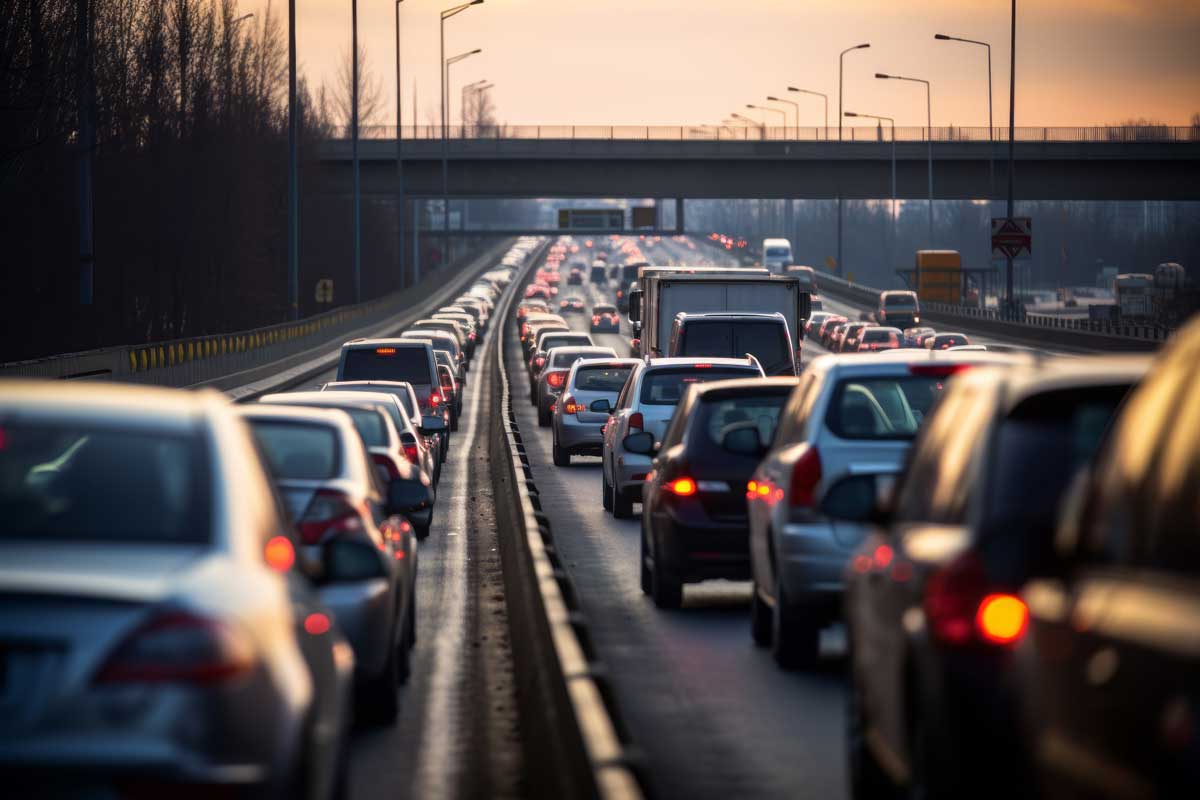
Sprawl Is Still the Future
And Fighting It Won’t Stop Emissions
I first want to thank Jordan McGillis for his careful engagement with my piece on the environmental benefits of sprawl. I couldn’t ask for a more thoughtful response, and I appreciate his pointing out the many areas where we agree. But I wouldn’t be doing my job as respondent if I didn’t take a moment to point out the issues on which we remain apart.
McGillis points out that the United States continues to emit more greenhouse gases per capita than countries like Japan and Germany and that part of this difference comes from high transportation emissions. Yet most of our differences in those emissions cannot be attributed to “sprawl” per se. Only about 16 percent of all US emissions come from cars. And much of our excess there has to do with the United States’ larger and less fuel-efficient automobile fleet (not a result of sprawl) and its more distant cities (no amount of density is going to make Chicago as close to New York City as Osaka is to Kyoto). Most importantly, transportation overall generates the same proportion of overall greenhouse gas emissions in America as in Europe, again making clear that sprawl is not at the root of the emissions divergences.
Yet the most important point that I would emphasize about sprawl and driving uses the good ole’ economic term “sunk costs.” The argument in my original article was not that US sprawl hasn’t increased driving to some extent. It likely has, but that is irrelevant for the policy debate since those costs are sunk, having already been incurred. The real question is the costs and benefits of densification going forward.
Read the full commentary on the Breakthrough Institute website.

Stay Informed
Sign up to receive updates about our fight for policies at the state level that restore liberty, accountability, and innovation in American governance.
